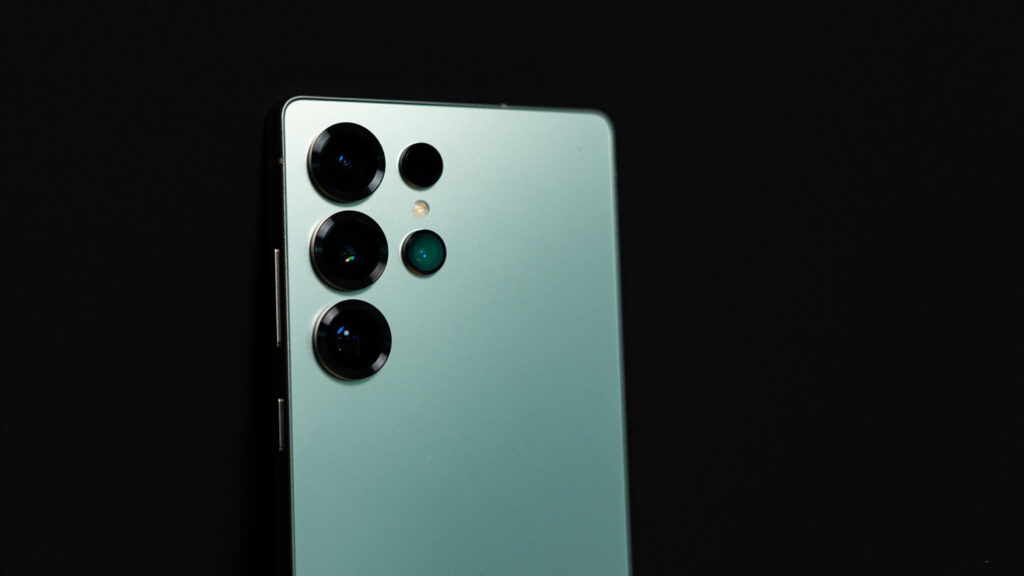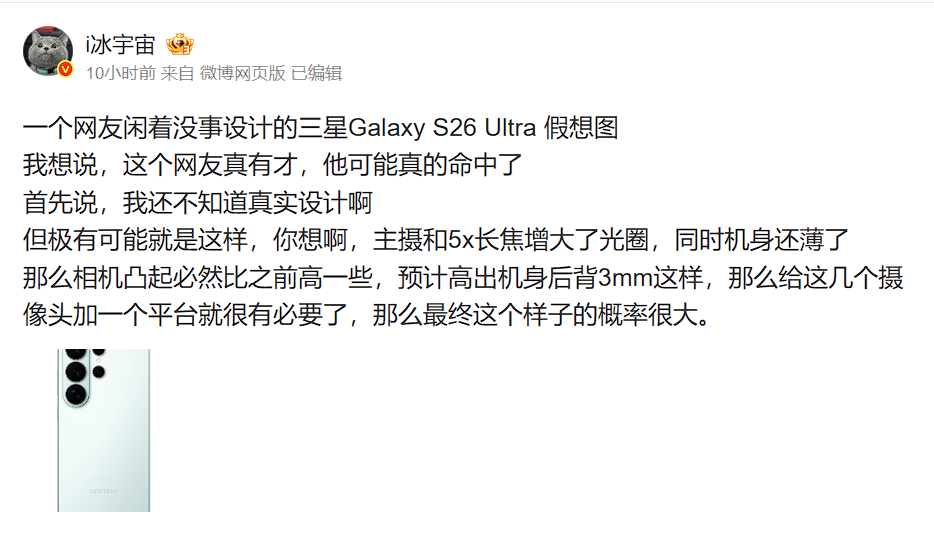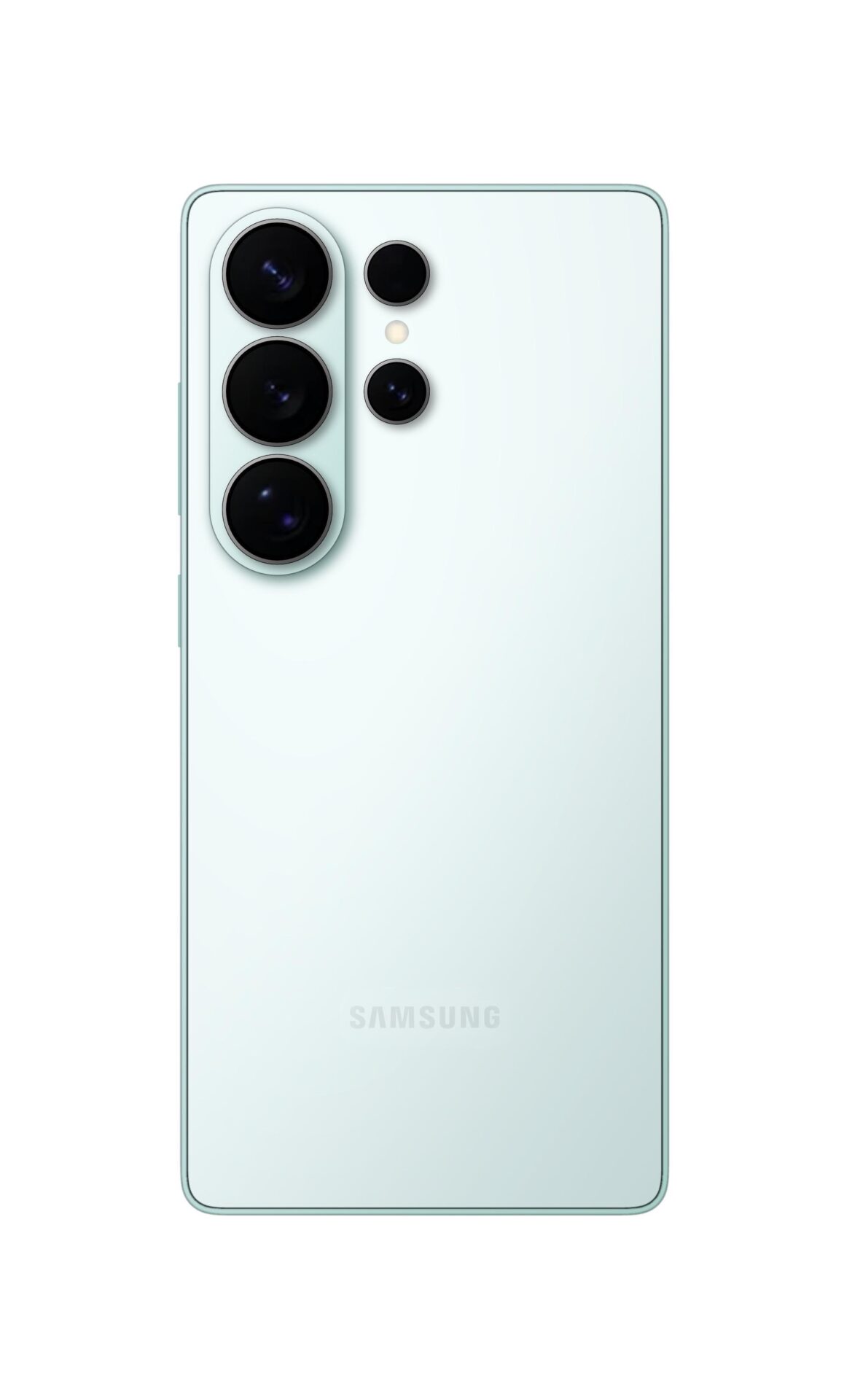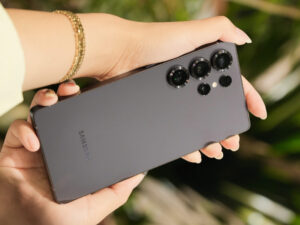The tech world is abuzz with an innovative concept of the possible design of Samsung’s upcoming flagship, the Galaxy S26 Ultra! Digital blogger Ice Universe posted on Weibo on July 26, 2025, a conceptual image of the Galaxy S26 Ultra, cleverly designed by a user. Ice Universe opined that this artistic concept could have a very close resemblance to the phone’s final retail version.
This interesting concept has sparked debate over the phone’s rear outlook and its unique camera module, providing exciting cues about the phone’s possible overall appearance and its camera features. These early design concepts highly excite the fan base about Samsung’s future design trends and their relentless quest for excellence in mobile photography.
Innovative Camera Module Design Concepts Surface
The conceptual photo posted by Ice Universe hints at a significant development in the camera setup of the Galaxy S26 Ultra. As per his observation, if there is an increase in the apertures of the primary camera as well as the 5x telephoto lens, it would require larger optical components. If the phone also retains a thinner form factor, a magnified camera protrusion is an unavoidable outcome.
Ice Universe predicts this raised portion may jut out around 3mm more from the rear surface of the phone. This situation underlines the imperative need for a special platform or a separate raised module to cosmetically accommodate and sufficiently safeguard these high-end camera sensors. Such a design strategy boldly underlines the top priority given to delivering best-in-class camera performance.
Main Sensor Consistent While Optical Gains Remain Possible
Previous information has pointed toward the Galaxy S26 Ultra’s main camera continuing to use the 1/1.3-inch, 200-megapixel ISOCELL HP2 sensor. Assuming this particular detail is accurate, it would represent the fourth year in a row Samsung has used this exact sensor.
This approach implies that Samsung is prioritizing software optimizations and completely unleashing the sensor’s inner capabilities, as opposed to strictly depending on an enormous hardware jump in sensor size. Despite the same sensor, a larger aperture will permit more light to be captured, which will translate to better low-light performance and overall image quality.
Source: Weibo


 Erencan Yılmaz
Erencan Yılmaz



